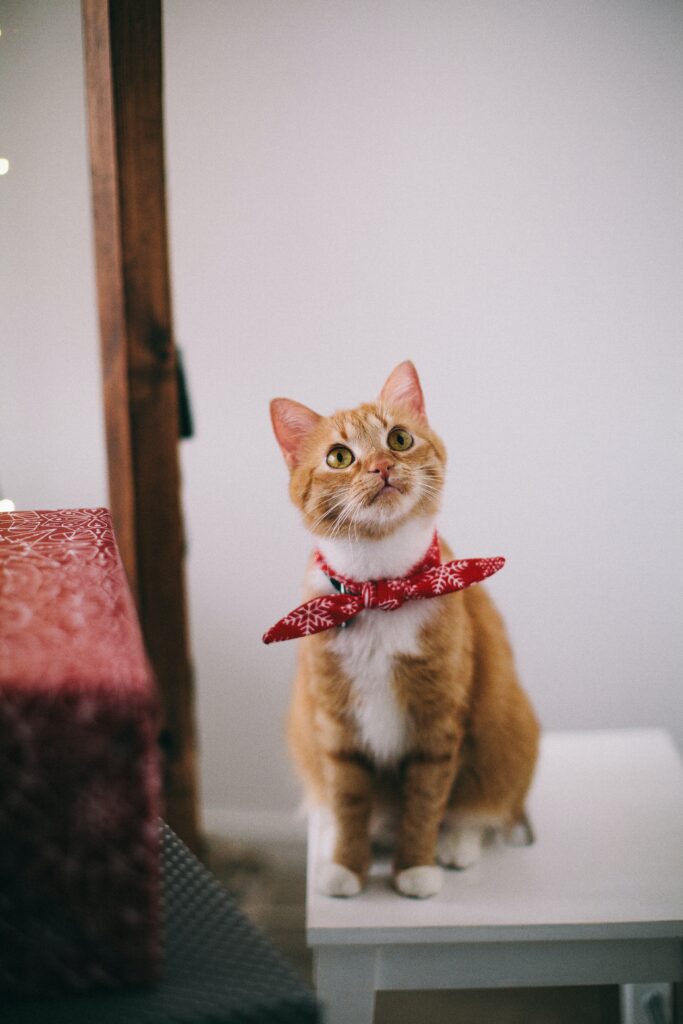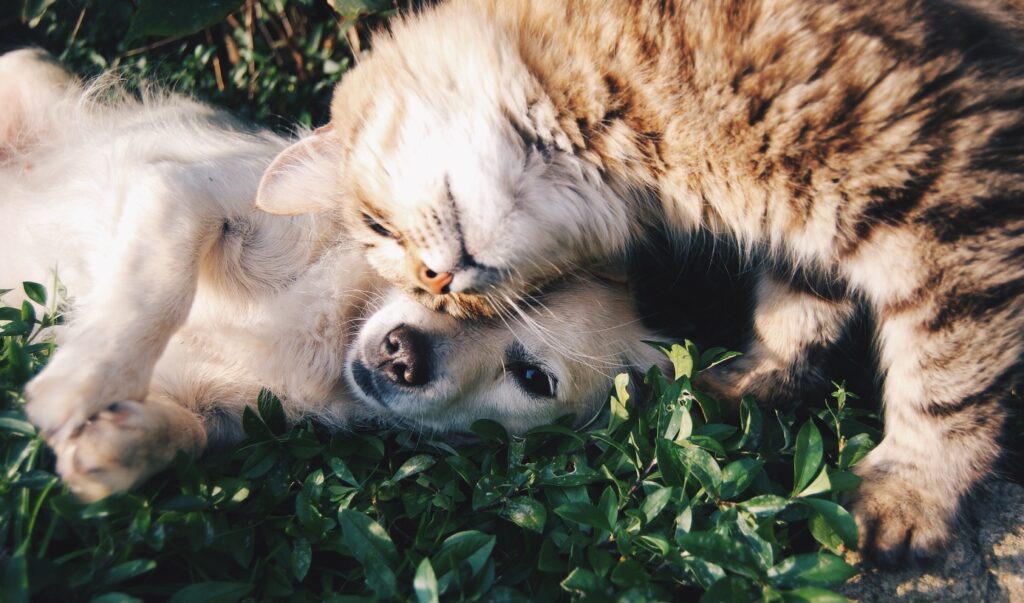Are you a proud dog parent considering adding a cat companion to your family? While introducing cats and dogs may seem daunting, with careful preparation and patience, you can establish a safe and amicable relationship between them. In this article, we will guide you through the process of introducing cats and dogs, step by step.
Creating a Safe Space for Your Cat
Before bringing your new kitten home, it’s important to create a designated safe space for them. This space should be separate from your dog’s area, at least for the first week. Ensure that the cat has its own secure room with all the essentials: food, water, a litter box, toys, and a cozy place to nap. By keeping your cat in a separate room, you allow them and your dog to become familiar with each other’s scents, which is the first step towards building a comfortable relationship.

The Importance of a Cat’s Territory
While it may seem like a long time to us humans, keeping your cat in a separate room for about a week is crucial. Cats are naturally territorial and need a safe space to call their own, especially when there are unfamiliar animals in the house. During this time, make sure to visit your cat often, show them love, and ensure they have regular meals.
Gradual Introduction and Observation
After the initial week or two, depending on your cat’s behaviour, you can start thinking about a face-to-face meeting between your cat and dog. Pay attention to your cat’s cues during this time. Are they sniffing at the door or hissing and hiding? Follow their lead to determine their readiness for the introduction.
The First Meeting
To ensure a smooth introduction, put your dog on a leash in another room and open the door to your cat’s space. Allow your cat to approach at their own pace. It’s normal for cats to hiss or swat initially as they establish boundaries. Monitor the interaction closely, but don’t intervene unless necessary.
Gradual Increase in Interaction
Start with short interactions of around 30 to 60 minutes at a time. As your cat and dog become more comfortable with each other, gradually increase the duration and frequency of their interactions. Begin with once a day and add more sessions as time goes on. Whenever they have a positive interaction, such as sniffing and walking away, reward them with treats to reinforce positive associations.

Patience and Seeking Professional Help
While it’s natural to hope for an instant bond between your cat and dog, it’s important to be patient. Just like humans, animals need time to adjust and form relationships. However, if despite your efforts, they continue to have conflicts, there are additional steps you can take.
Consult Your Veterinarian
If the introductions don’t seem to be progressing well, consider reaching out to your veterinarian. They can provide guidance and create an interaction plan tailored to your pets’ specific needs. Your veterinarian may also recommend a pet behaviorist, who can offer professional expertise in addressing and resolving any lingering issues.
The Role of Pet Behaviourists
Pet behaviourists, in collaboration with your veterinarian, can be instrumental in promoting your pets’ health and happiness. These specialists possess a deep understanding of animal behaviour and can provide valuable insights and strategies to address challenges. If necessary, consider seeking the help of a reputable pet behaviourist to support your cat and dog’s adjustment process.
Introducing cats and dogs requires careful preparation, patience, and observation. By creating a safe space for your cat, gradually introducing them to your dog, and monitoring their interactions, you can lay the foundation for a harmonious relationship. Remember to seek professional guidance if needed and have faith that, with time, your cat and dog can become the best of friends. So, take the necessary steps, remain patient, and watch as your furry companions adjust and form a bond that will bring joy to your household.
